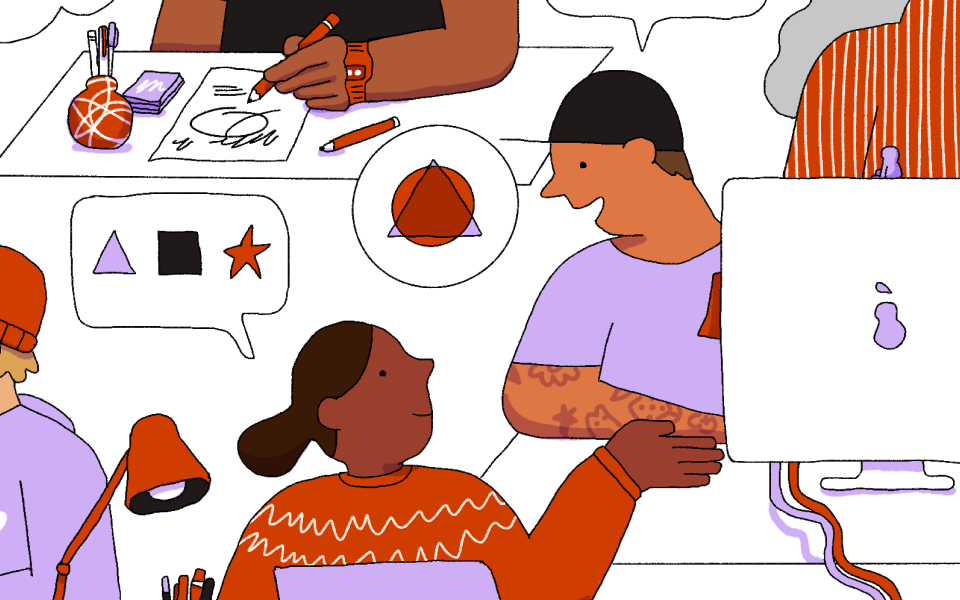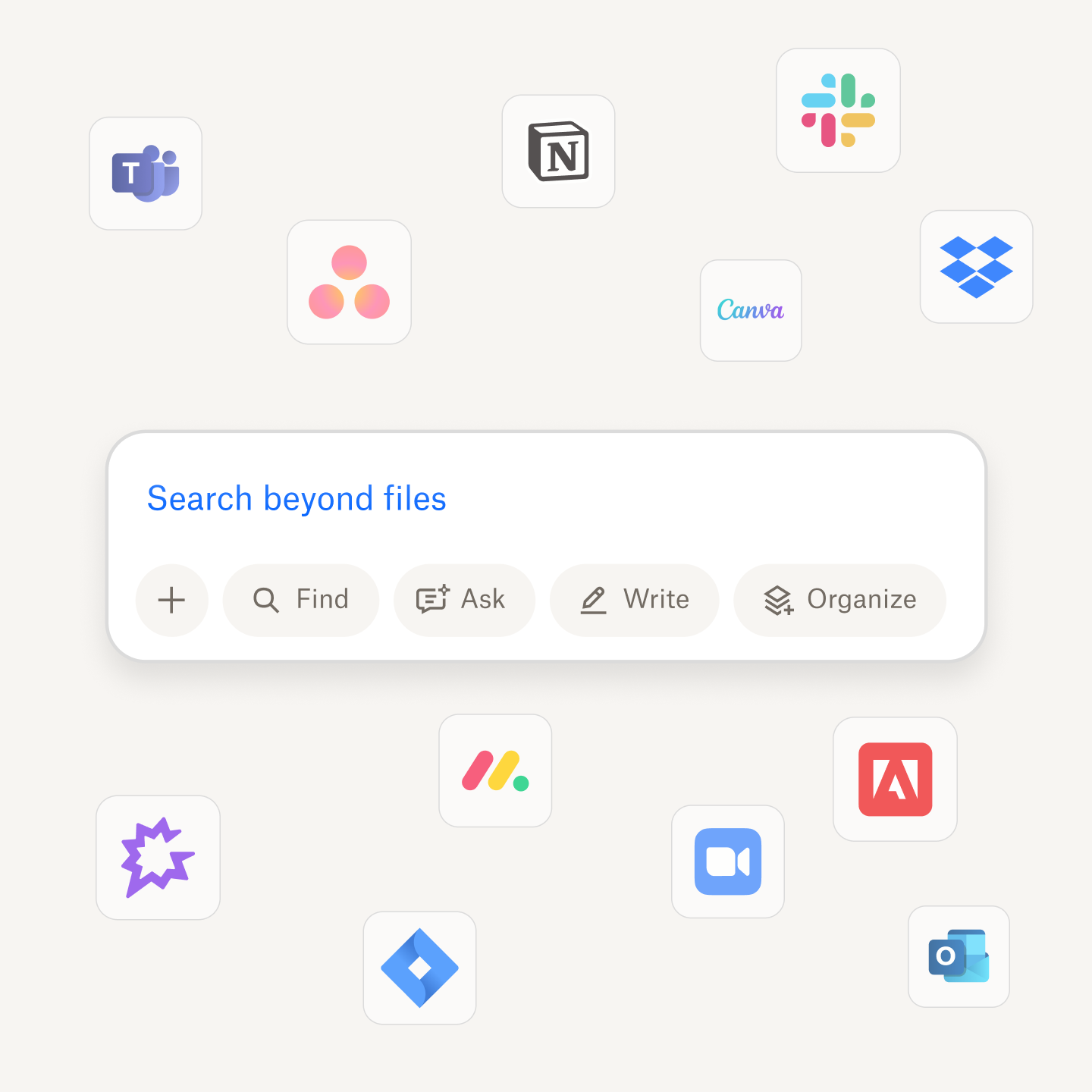New Release
Working Smarter — A podcast about AI and modern work
Learn how people are using AI at work to collaborate, find focus, and get stuff done. Hear founders, researchers, and engineers talk about the problems they’re solving with the help of new and emerging AI tools, and how AI can help you spend more time on the work that matters most.
Follow: Apple Podcasts | Spotify | YouTube Music | Amazon Music | RSS



.png)


.png)
.png)















.jpg/_jcr_content/renditions/1200x628%20(8).webp)